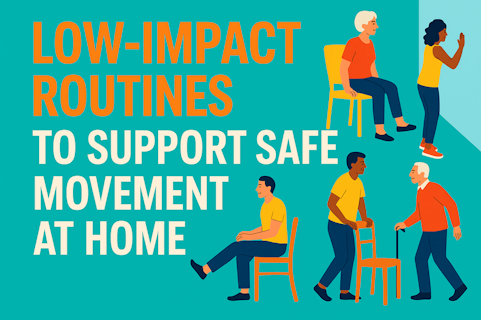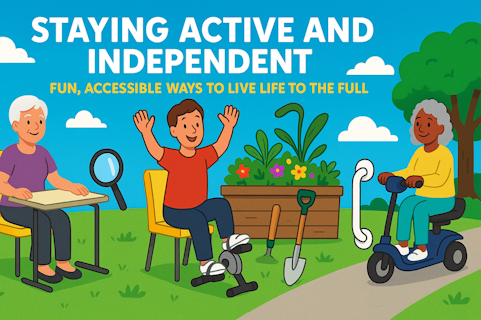
09 Sep 2025
For Help and Advice call: 01524 888453
Our blog27 Jun 2025
If you or someone you care for struggles with eating independently, adapted cutlery can make a real difference. Designed to be easier to grip, more comfortable to use, and often more stable than standard utensils, adapted cutlery helps people regain confidence and control at mealtimes.
In this guide, we’ll explain what adapted cutlery is, who it’s for, and how it can support independent living.
Adapted cutlery refers to specially designed knives, forks, and spoons that make eating easier for people with reduced hand strength, limited mobility, tremors, or coordination difficulties. These utensils often feature:
Some adapted cutlery is also bendable, allowing users or carers to adjust the angle to suit the person’s needs.
Adapted cutlery is ideal for anyone who finds standard cutlery difficult or uncomfortable to use. It’s commonly used by:
Age-related conditions like arthritis or Parkinson’s disease can affect grip and coordination. Adapted cutlery helps older adults eat independently for longer, maintaining dignity at the table.
Swollen or painful joints can make holding thin handles challenging. Thicker, cushioned grips reduce strain on the hands.
Those living with conditions like Parkinson’s, multiple sclerosis, stroke after-effects, or cerebral palsy often benefit from angled or weighted utensils that reduce the effort needed to eat.
For some, mealtimes can be frustrating due to difficulties with coordination or motor skills. Adapted cutlery offers support that encourages independence and builds confidence.
Adapted children’s cutlery is available too, helping young people with disabilities eat more comfortably and safely.
When choosing adapted cutlery, consider:
Eating should be a simple, enjoyable part of daily life, not a struggle. Adapted cutlery helps remove some of the barriers people face at mealtimes, making it easier to stay independent and enjoy food again.
Whether you’re buying for yourself, a parent, or someone you care for, investing in the right utensils can make a big difference to both physical ability and emotional wellbeing.
Looking to make mealtimes easier?
Browse our full range of adapted cutlery designed to support comfort, dignity, and independent living.
09 Sep 2025
02 Sep 2025
19 Aug 2025

